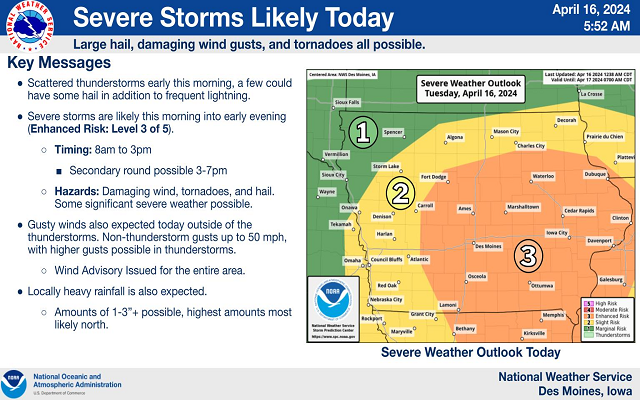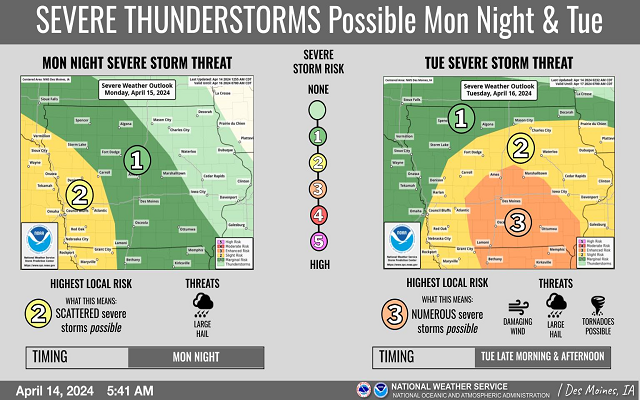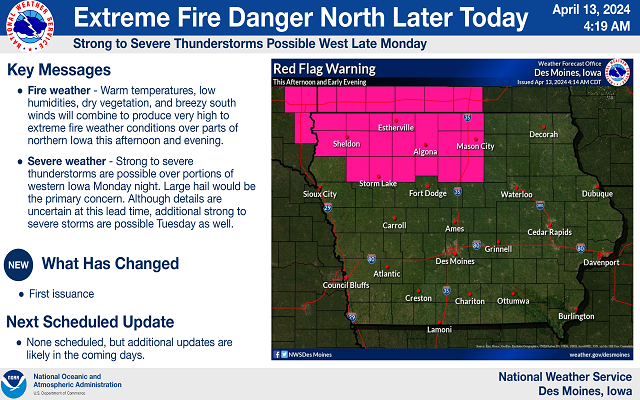Wind Chill Warning continues, frostbite and hypothermia could impact anyone not prepared

MASON CITY — The National Weather Service is warning us that frostbite, hypothermia and even death can occur if precautions aren’t taken if you go outside during this extreme cold weather event.
Jodi Willemsen, who is the preparedness service manager at the Cerro Gordo County Department of Public Health, says frostbite occurs when your skin and underlying tissues freeze, and can happen within minutes if your skin is exposed to these extreme conditions. “It’s most common on your fingers, toes, ears, cheeks and chin…those extremities that are furthest from the heart where your circulation isn’t the best. Frostbite is something you may not realize that you have because you experience numbing. Until someone points it out, you might not even be aware that it’s going on, so it’s a good thing to be very aware.”
Willemsen says frostbite goes through three different stages. “The beginning part of frostbite, you might experience warm skin, feel some pain and tingling. As time goes on, your skin turns white or pale in color, that’s when someone might see it and clue you in that you have it. The third stage is the very severe part of it where your skin turns bluish-gray. You might experience absolute numbness where you don’t have any feeling. After that final stage, you might experience blistering anywhere from 24-48 hours after you’ve re-warmed yourself.”
Willemsen says treating frostbite correctly is important, not using things like a heating pad or other means of extreme heat. “The number one thing is don’t rub your frostbitten areas because that might cause more damage to your tissue, so just treat them very gently. Get yourself out of the cold into a warm area. If you have frostbite on your feet or toes, it’s important that you don’t walk around and cause further damage to those extremities. Don’t break any blisters open. Warm the frostbitten areas in warm water, not hot water, but tepid warm water for about 30 minutes.”
Willemsen says hypothermia is another issue that can impact someone that’s outside for long periods of time in the cold. It happens when your body loses heat faster than it can produce it, causing an extremely low body temperature. “When that body temperature drops, your heart and nervous system don’t work normally. It can lead to failure of your heart and respiratory system and even death, so you want to watch that as well. Symptoms of hypothermia would include shivering, slurred speech, slow shallow breathing, a weak pulse, clumsiness, drowsiness, confusion, bright red cold skin. So that’s something to most certainly watch and call your doctor or 9-1-1if you suspect anybody has hypothermia as well.”
Cerro Gordo County Emergency Management Director Steve O’Neil says if you know neighbors that are elderly or ill, check on them once in a while by phone to make sure they are ok. He also warns people to be extremely cautious if you are using a supplemental heating unit inside a home.



